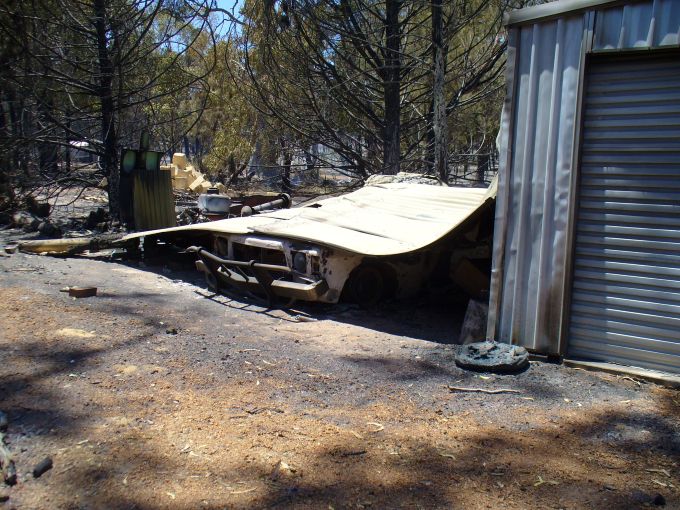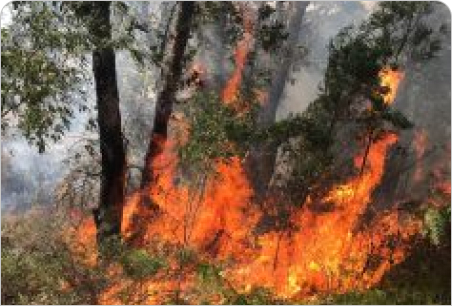Our team includes BPAD Level 1, 2, and 3 Accredited Practitioners with extensive fire behaviour knowledge and practical field experience. This hands on expertise ensures our assessments accurately reflect real bushfire behaviour and site conditions extending beyond simple mapping or generalisations.
Whether it’s a single dwelling, multi-lot subdivision, or a commercial or industrial development, our assessments are clear and concise, and ready to support a smooth path through the building and planning system.
Our experienced team delivers comprehensive assessments from BAL LOW to BAL Flame Zone (BAL–FZ) that address both regulatory requirements and practical site considerations for residential, commercial, and industrial developments.

From the initial site inspection through to the final BAL report, we work closely with you to ensure the process is clear, accurate, and aligned with your project goal and deadlines. Our team includes BPAD Level 1, 2, and 3 Accredited Practitioners, with Level 3 consultants leading more complex assessments. Their advanced bushfire behaviour knowledge and practical field experience enable us to anticipate potential challenges early and provide solutions that keep your project moving.
We tailor every assessment to the specific conditions and planning context of your site, helping you navigate approvals efficiently while ensuring your development is built with bushfire resilience in mind. Where required, we can also supply BAL Contour mapping to support your proposal.
We are fully qualified and experienced to undertake Method 2 assessments and performance-based solutions, including short fire runs, application of assessed slope and the evaluation of radiant heat barriers. This allows us to provide tailored, technically robust bushfire assessments for complex or high-risk sites, helping maximise design flexibility while ensuring compliance and safety.
Projects
-
City of Karratha BRMP
BPP have completed an exciting new phase of work which builds upon a wealth of bushfire experience within the team, with the completion of the City of Karratha Bushfire Risk Management Plan.
Accreditations and Awards











